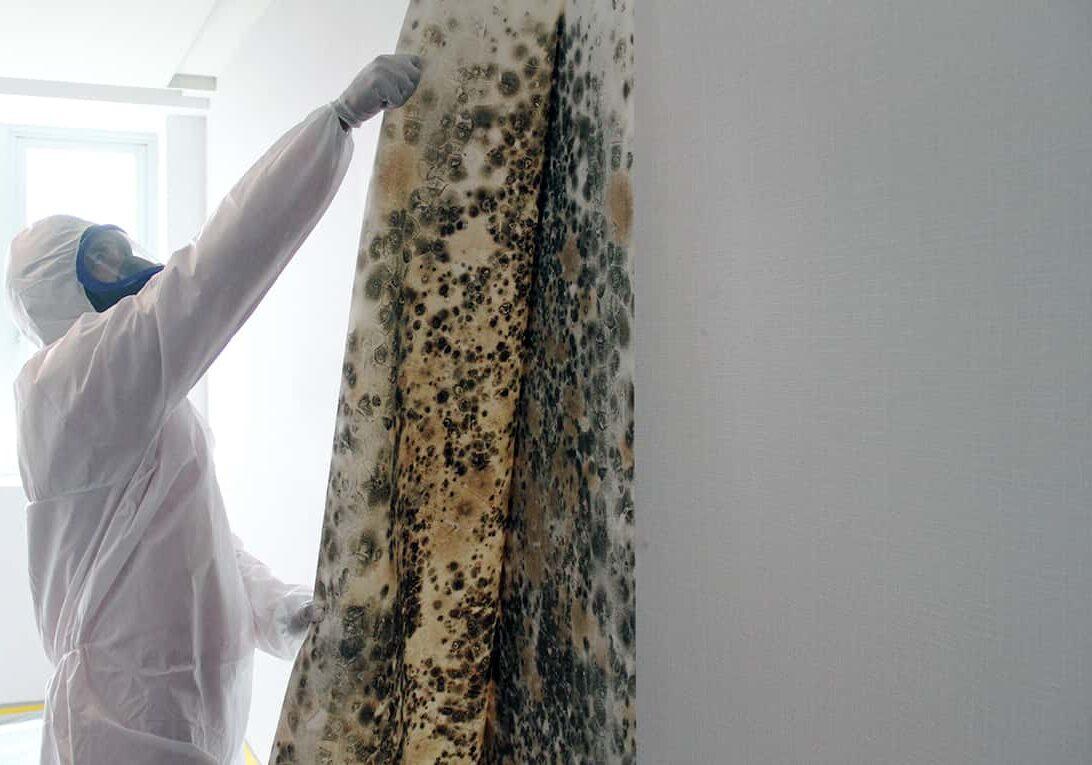Baseboard mold can be a persistent and unsightly problem in homes and buildings. Whether caused by moisture intrusion, poor ventilation, or high humidity levels, addressing mold growth on your baseboards is crucial for maintaining a healthy living environment. In this step-by-step guide, we will walk you through the process of safely and effectively removing mold from your baseboards.
Before You Begin: Safety Precautions
-
Wear protective gear: Prior to starting the mold removal process, ensure you have the following protective gear:
- N95 respirator mask to prevent inhaling mold spores.
- Disposable gloves to protect your hands.
- Safety goggles to shield your eyes.
- Old clothing that you can discard after the cleanup.
-
Isolate the area: Seal off the affected area with plastic sheeting and tape to prevent mold spores from spreading to other parts of your home.
Step 1: Identify the Cause
Before proceeding with mold removal, it’s crucial to identify and address the root cause of the moisture problem. Common causes include leaks, poor ventilation, high humidity, or past water damage. Fixing the underlying issue will help prevent future mold growth.
Step 2: Gather Your Supplies
You’ll need the following materials and cleaning agents for baseboard mold removal:
- Scrub brush or scrubbing pad
- A mixture of water and mild detergent
- Bucket
- Clean rags or towels
- Plastic trash bags for disposal
- HEPA vacuum (optional but recommended)
- Antifungal cleaner or hydrogen peroxide (for stubborn mold)
- Distilled white vinegar (as an alternative to commercial cleaners)
Step 3: Ventilate the Area
Ensure good airflow in the affected area by opening windows and doors. If possible, use fans to increase ventilation. This will help reduce the concentration of mold spores in the air.
Step 4: Scrub the Mold
Dip your scrub brush or scrubbing pad into the detergent and water mixture. Gently scrub the mold-infested areas on the baseboards. Avoid using excessive force to prevent damage to the baseboards.
Step 5: Rinse and Dry
Using clean water and a separate cloth or sponge, rinse the cleaned areas thoroughly. Dry the baseboards completely with clean, dry towels or cloths. Adequate drying is essential to prevent future mold growth.
Step 6: Dispose of Materials Safely
Dispose of all materials used in the cleaning process, including gloves, cleaning cloths, and any mold-infested materials, in sealed plastic bags. This prevents further mold spore dispersal.
Step 7: Prevent Future Growth
To prevent mold from returning, address the root cause of the moisture problem. This may involve fixing leaks, improving ventilation, or applying a mold-resistant paint or primer to your baseboards.
Step 8: Consider Professional Help
If the mold infestation is extensive, has penetrated deep into the baseboards, or if you have health concerns, it’s advisable to consult with a professional mold remediation service for a thorough cleanup.
Conclusion
Removing mold from your baseboards is a task that requires care, patience, and proper safety measures. By following this step-by-step guide and addressing the underlying causes of moisture intrusion, you can effectively eliminate baseboard mold and maintain a healthy living environment for you and your family.




